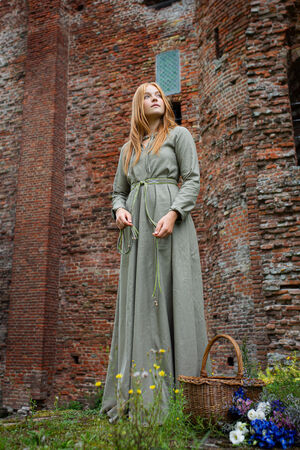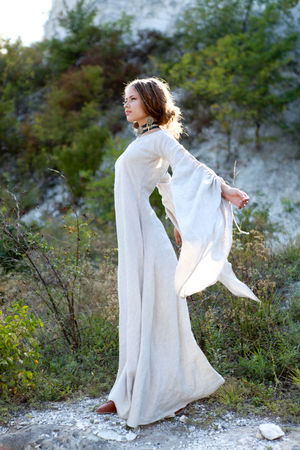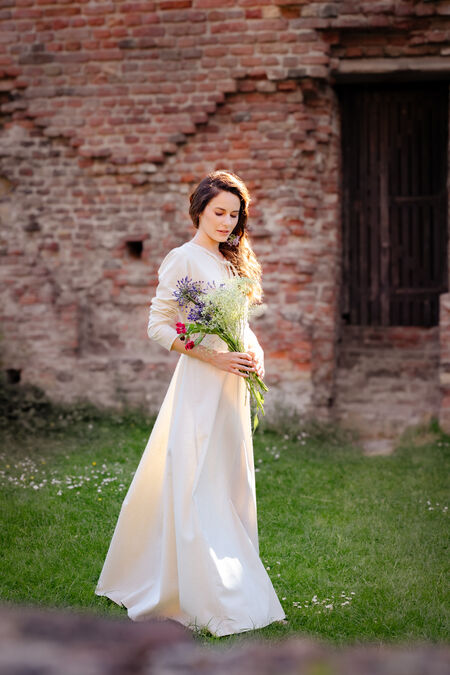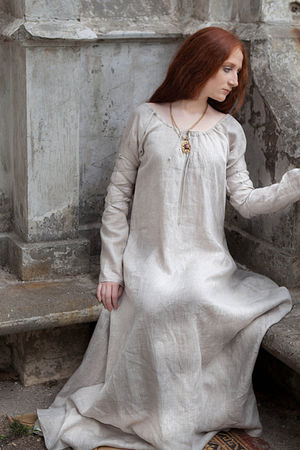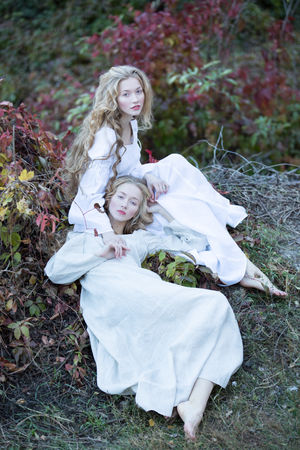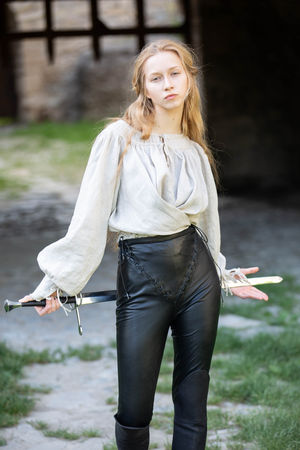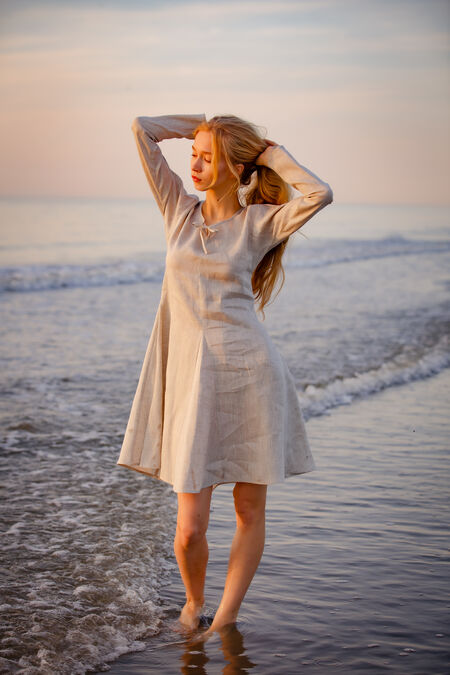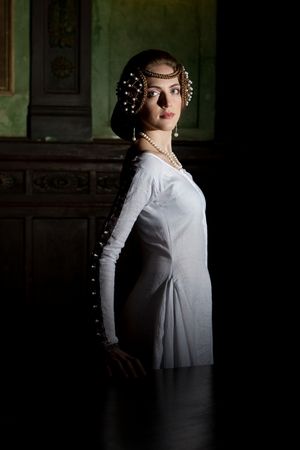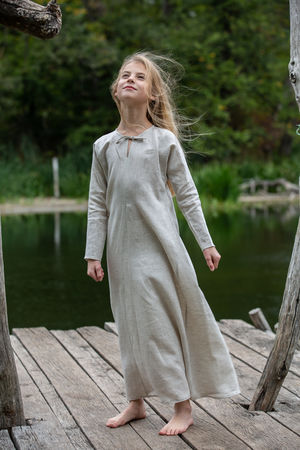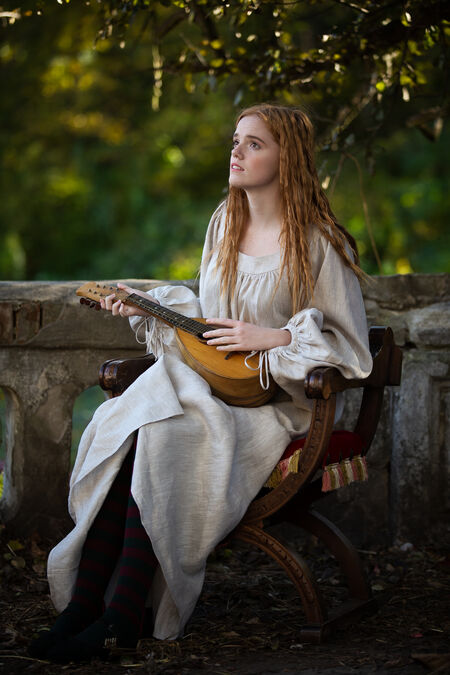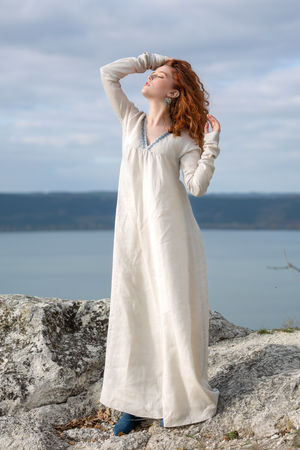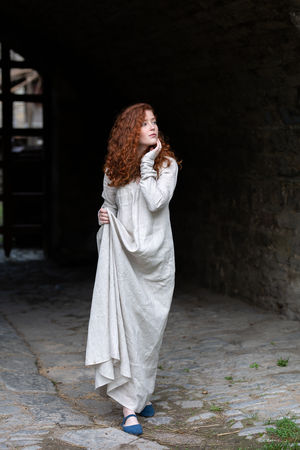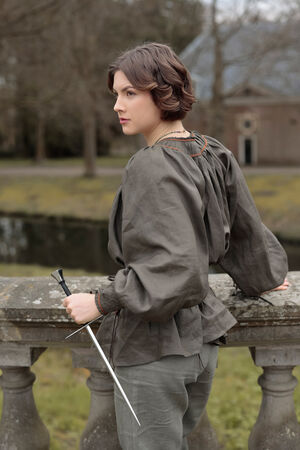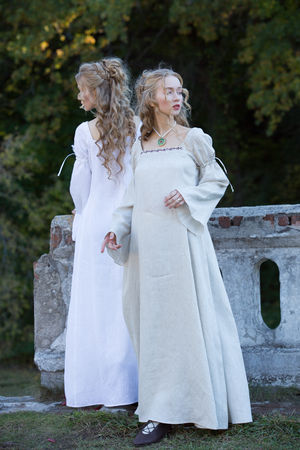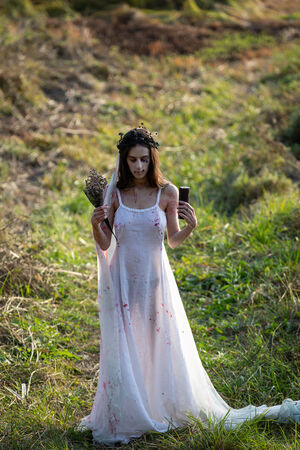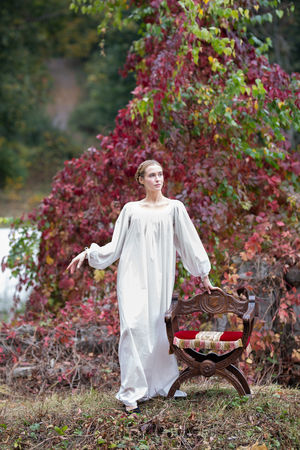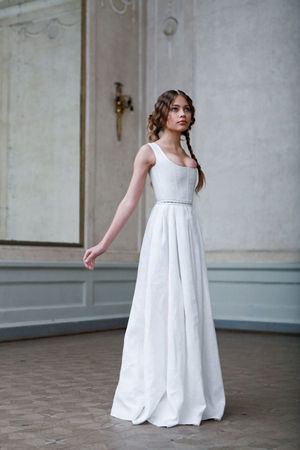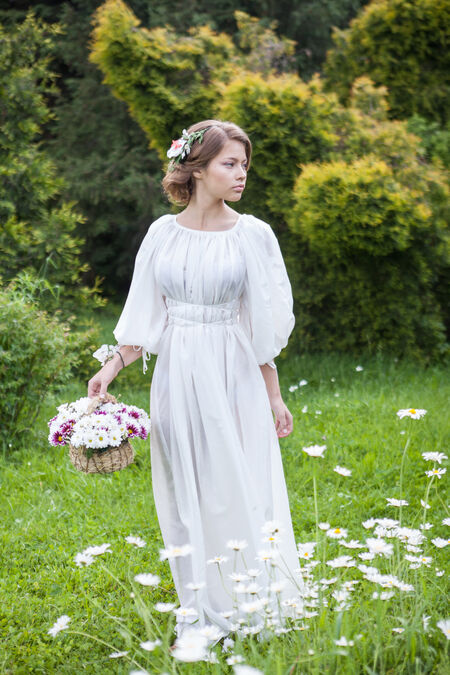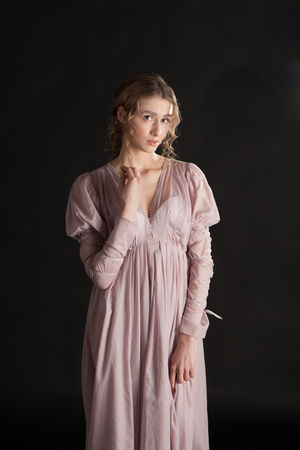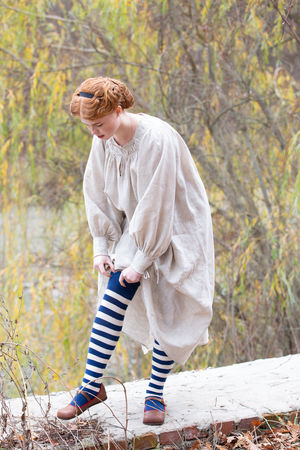Medieval Chemise and Underwear
What is a Chemise?
Chemise is a classic form of mostly women's undergarments, which was widely spread and used in the Middle Ages and still popular in our times. Chemise was a necessary part of the medieval female wardrobe and had several purposes: to keep wearers' skin protected from the outer garments, to keep the next layer of clothing from catching sweat from the skin, and, of course, functional night underwear and a piece of wardrobe which was adding one more layer of clothing for the modesty reasons.
Medieval chemises were mostly made from light and breathable fabric, such as thin cotton, linen, and silk
Chemise: from medieval times to our days
It's really interesting to notice, that, by far, the design and silhouette of medieval or renaissance chemises are still pretty much in place in modern times. ArmStreet, of course, specializes in Middle Ages and Renaissance clothing and costume, but chemise is a rare example of a garment that didn't change that much. Our chemises are traditionally made of white thin fabric like linen, or other flowing flattering and pleasant-by-touch soft-color fabric, thin cotton, marquisette and batiste
Medieval chemise as undergarment
Antique civilization wasn't familiar with underwear, but with the expansion of religion the human body was declared sinful and the church demanded that people fully cover it. So the history of medieval underwear began, that for a long time involved only a shirt, named ‘chemise’. Chemise styles were the same for all medieval classes, both laity and clergy, men and women. The main and only difference was the quality of the fabric used. It depended on the owner's status - rough thick flax and sackcloth were used by peasants, fine linen chemise suited a medieval citizen, but wearing silk underwear befit only the nobles and the rich. So when you buy medieval underwear, consider the origin of your character. Undergarment chemises were worn right next to the skin. It was a modest T-shaped cut, supplemented by two or four gores sewn in at the waist for easy walking. Further volume at the chest was created by the underarm gores. Long rectangular sleeves were narrowed at the elbow or at the wrist with laces. In the Early Middle Ages there was no embroidery nor decorations yet, however, each shirt was unique as made according to the size of the future owner - the same as we make medieval chemises for sale now in ArmStreet. Initially, chemise was not intended for extraneous eyes. Its edges had to be hidden by pinning to the neckline of the dress. Still, the floor-length hem might be peeking out from under the dress, sweeping the floor and leaving only the shoe toes open. Creating medieval undergarments for sale, we take into account the fashion trends of the Medieval era - say, in the XII-th century women's chemises became more fitted. The trapezoidal cut was still on top, but now it could be equipped with side slits. It appears that the vast majority had long sleeves, besides several surviving pictures depicting sleeveless chemises with spaghetti straps.
Features of Medieval Chemise:
- floor- or ankle length;
- simple loose cut;
- long narrowed sleeves;
- same cut for men and women;
- natural materials: sackcloth, thick and fine linen, cotton, silk;
Subsequently, the chemise was replaced with underwear separates because of the fashion for tight button-up clothing. Nevertheless, it can surely be considered as a prototype of the modern shirts, slips, and nightgowns.
Are you interested in men's medieval underwear as well? Please check our Men's Underwear category.

